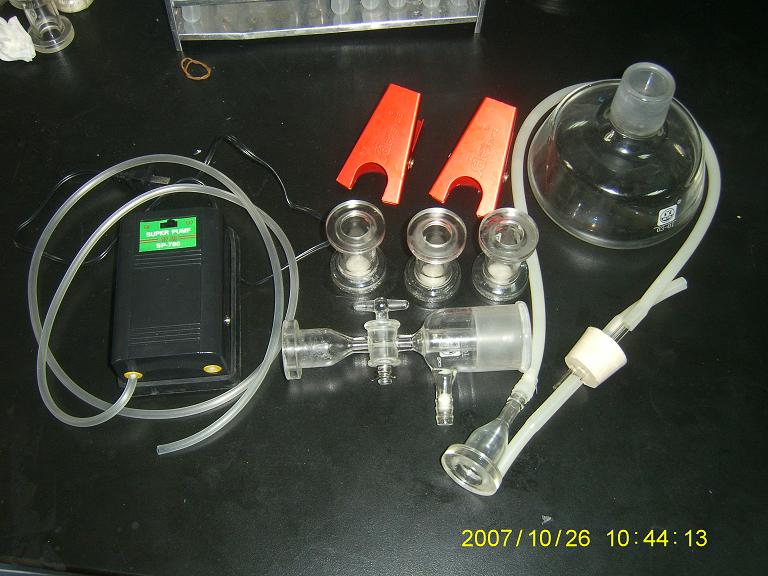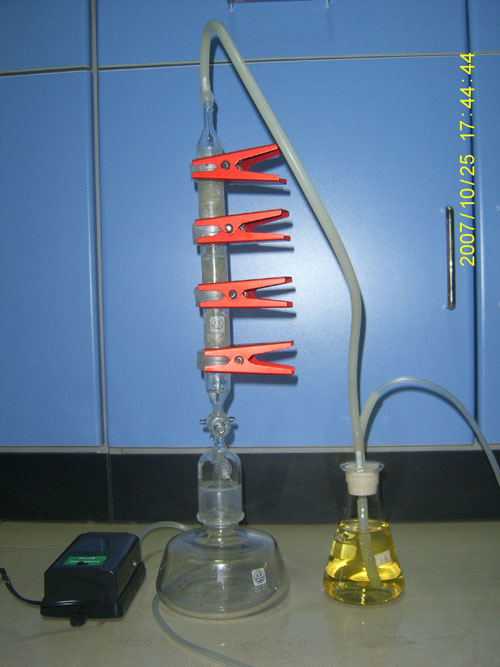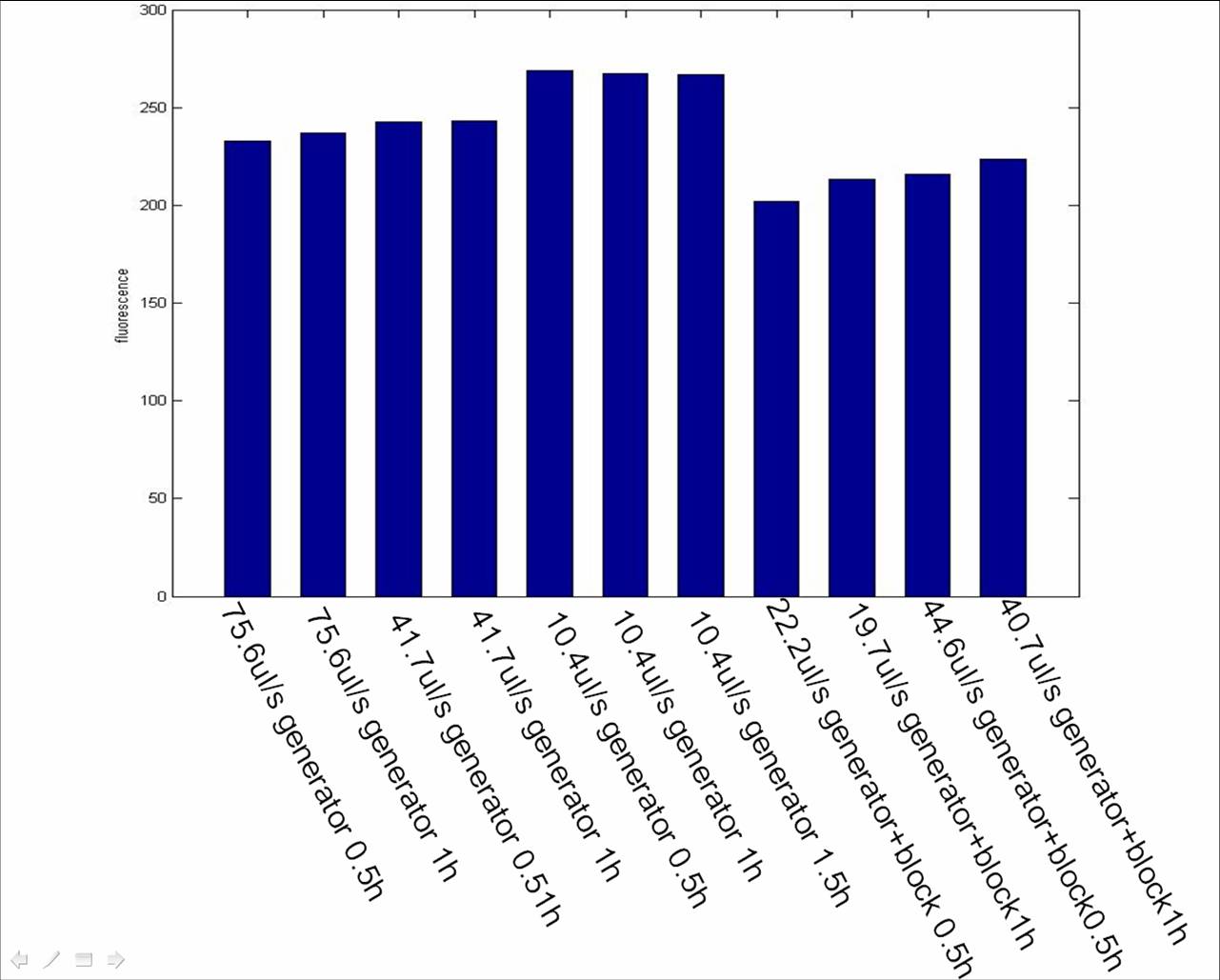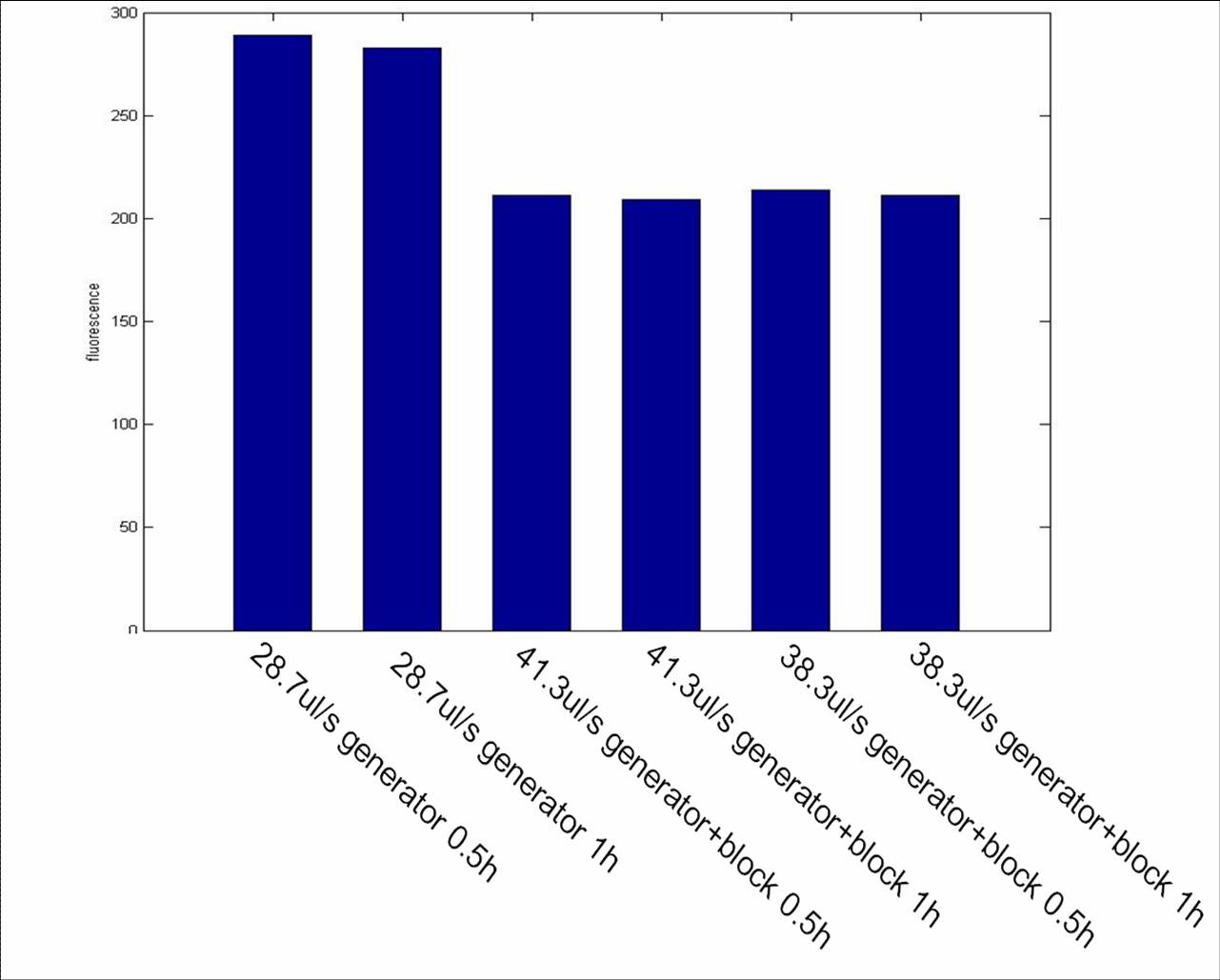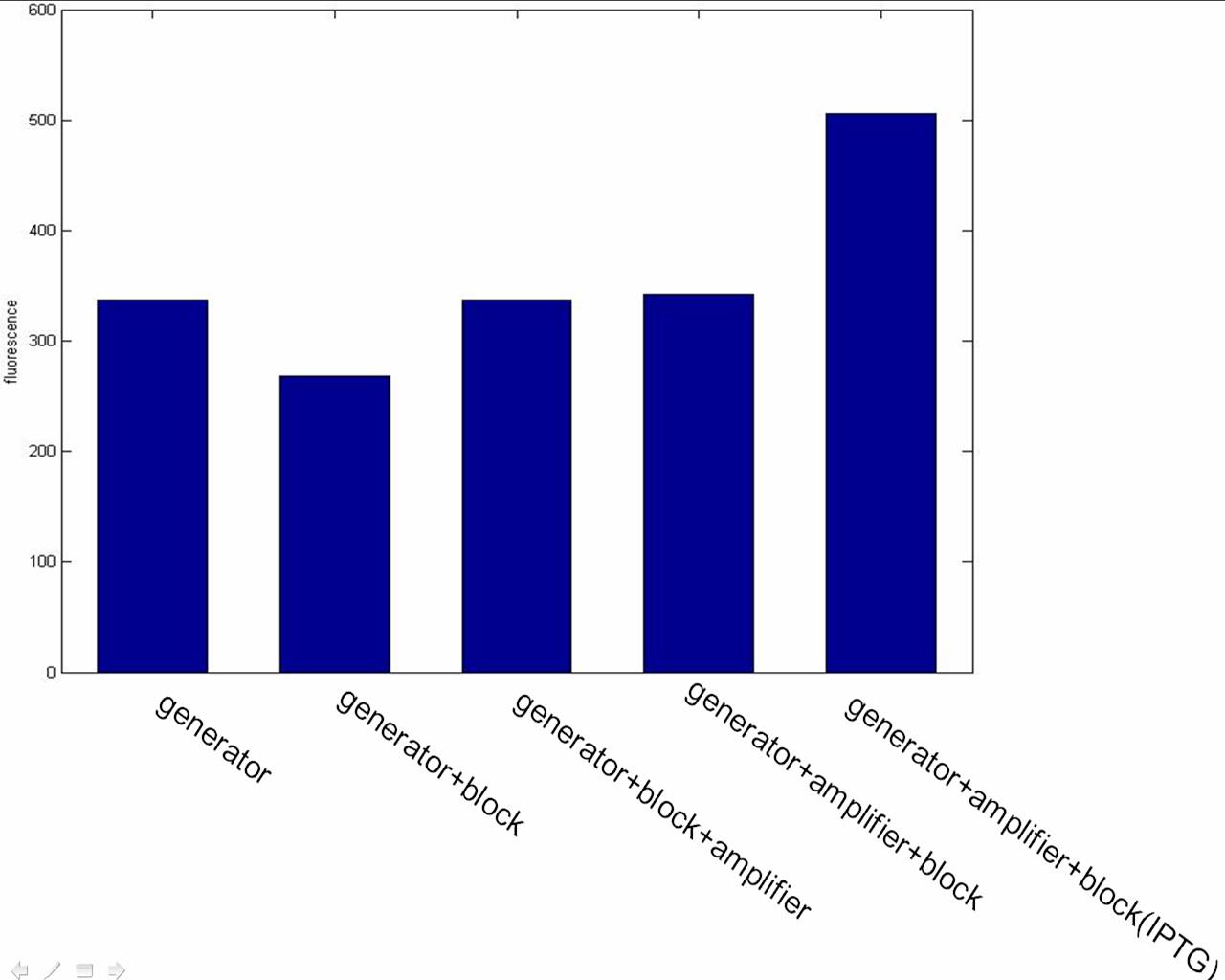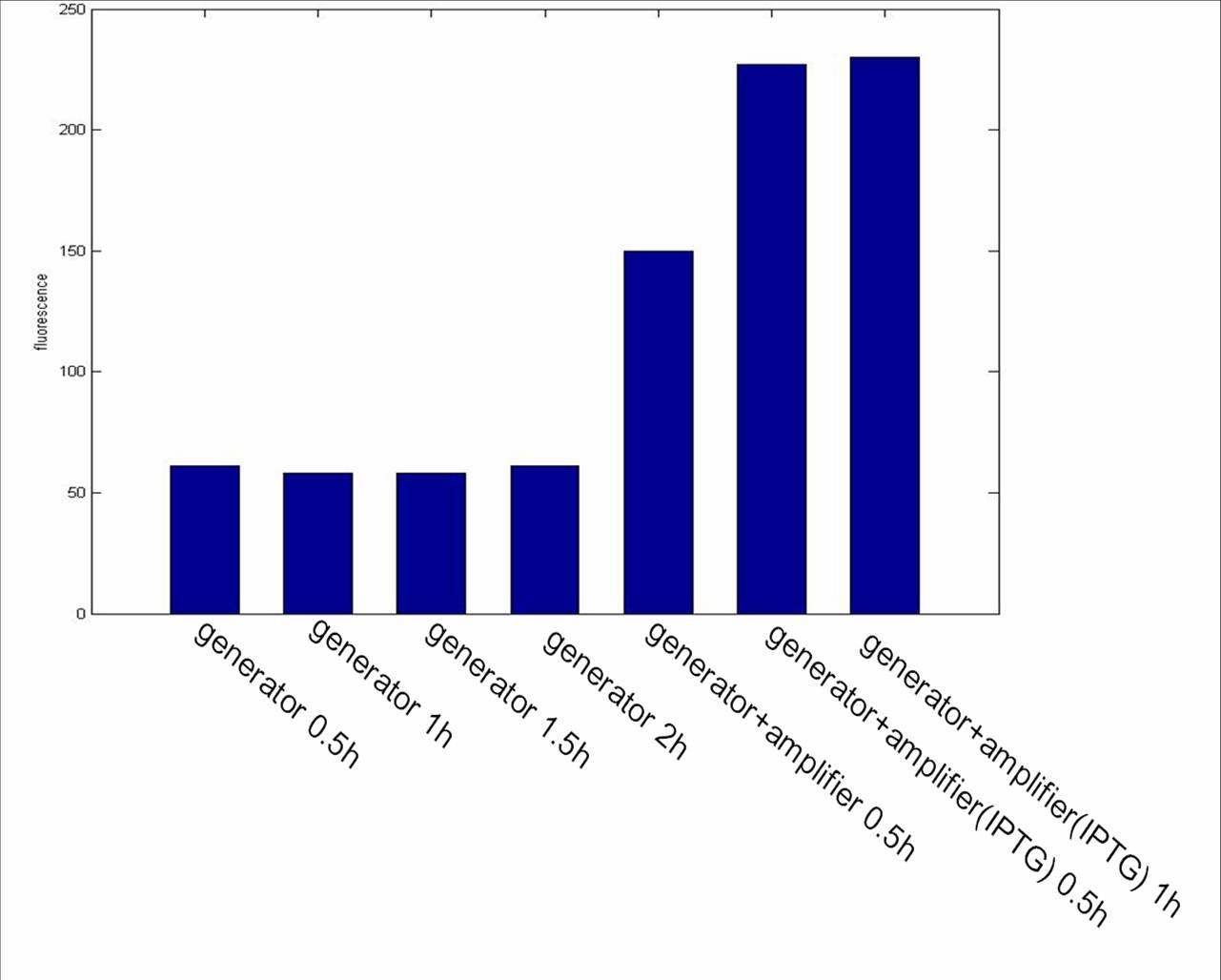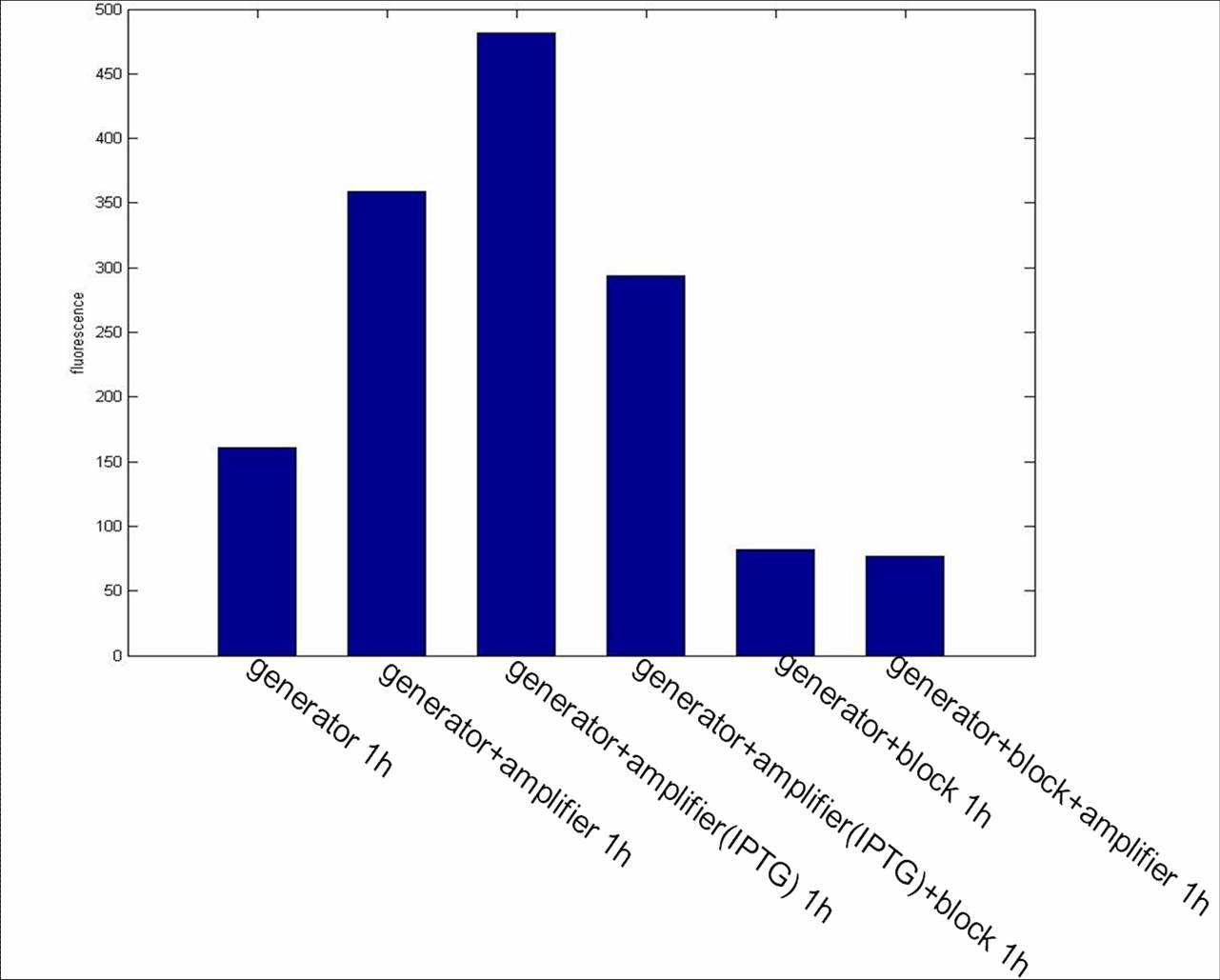Tianjin/DIODE/Experiment2
From 2007.igem.org
Sunlovedie (Talk | contribs) (→Introduction) |
Lovecarrot (Talk | contribs) (→Introduction) |
||
| Line 1: | Line 1: | ||
{| | {| | ||
==Introduction== | ==Introduction== | ||
| - | + | The function of immobilized cells in our particular designed equipment are also tested under different condition of diode and various periods after the column has been fulfilled. The last graph shows the very curve what we want, but since the limited time of us, its validity still require further parallel experiments to test. | |
==Equipment == | ==Equipment == | ||
